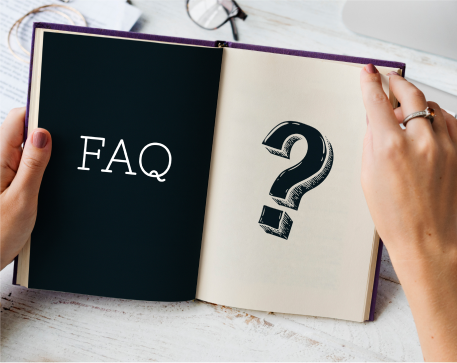Ready to learn?
Take the first step toward achieving your educational goals. Whether you’re preparing for exams or expanding your knowledge, getting started is just a click away. Join us today and unlock your full potential
832, utkarsh bhawan, near mandap restaurant, 9th chopasani road, jodhpur rajasthan - 342003
support@utkarsh.com
+91-9116691119
Support
Learning Resources
Rajasthan Govt Exams
Central Govt Exams
Civil Services Exams
Nursing Exams
School Tuitions
Other State Govt Exams
Agriculture Exams
College Entrance Exams
Miscellaneous Exams

© 2025 Utkarsh Classes & Edutech Pvt. Ltd. All Rights Reserved

Utkarsh Classes
Updated: 17 Aug 2023
3 Min Read

Chingam 1, also known as Chingam Month or Chingam Masam, is the first day of the new year of the traditional Malayalam calendar or Kolla Varsham used in Kerala. In 2023, Chingam 1 was celebrated on August 17.
It sets the stage for the ten-day Onam festival, which culminates on Thiruvonam day, falling on the 29th of this month.
Malayalam Calendar is the only calendar which celebrates its new year in the Rainy Season or August month.
The current year 2023 is Kolla varsham 1198-1199 and a quick reverse calculation will place the origin of Kolla varsham era to 824 AD (~August 15, 824 AD).
Large number of people, clad in traditional dhotis and kasavu sarees, worshiped at temples across the state this morning.
Onam is the biggest festival in the Indian state of Kerala. Onam Festival falls during the Malayali month of Chingam (Aug - Sep) and marks the homecoming of legendary King Mahabali. Carnival of Onam lasts for ten days and brings out the best of Kerala culture and tradition.
Intricately decorated Pookalam, ambrosial Onasadya, breathtaking Snake Boat Race and exotic Kaikottikali dance are some of the most remarkable features of Onam - the harvest festival in Kerala.
Vikram Samvat, or Vikrami calendar, is an ancient Hindu calendar from India. The reign of King Vikramaditya is commemorated in the Nepali calendar, which is called Vikram Samvat.
King Vikramaditya's victory against the Saka dynasty is commemorated by naming this period him.
Before Vikramaditya in the 9th century B.C., the timeline begins in 57 B.C.
There are 354 days in a year on this lunar calendar.
Each of the VM Samvat's 12 months is split into two halves:
Shukla Paksha (15 days): starts with the dark of the moon and concludes with the light of the moon
Krishna Paksha (15 days): startres when the moon is full and ends when the moon is fresh.
In October 1582, the Gregorian calendar was adopted as a replacement for the previous Julian calendar. The most widely used calendar, it bears the name of Pope Gregory XIII. The orbit of Earth around the Sun is the basis for this calendar, which also accounts for leap years to make the average year 365.2425 days long.
As the official government calendar, the Gregorian calendar is in use
Beginning with the Saka Era, the traditional Hindu calendar known as the Saka Samvat was adopted as the 'Indian National Calendar' in 1957.
It is widely held that King Shalivanhana of the Satavahana dynasty was responsible for launching the Saka Era.
The Saka calendar, like the Gregorian calendar, has 365 days and 12 months. Chaitra, the first month of the Saka Samvat calendar, begins on the 22nd of the month, or the 21st of March in leap years.
The Hijri calendar, used by Muslims, is a lunar calendar with 354 or 355 days spread across 12 lunar months.
Muslim celebrations and observances, such as the yearly fasting season and the time for making the Hajj to Mecca, are all calculated using the Hijri calendar.
Top Posts
Frequently asked questions

Still have questions?
Can't find the answer you're looking for? Please contact our friendly team.
Visit an Offline Centre Near to You.

1-Liner PDFs FREE !
Kumar Gaurav Sir ki Class PDF aur Daily One-Liner CA – Bilkul Free! Rozana preparation ko banaye aur bhi Damdaar!